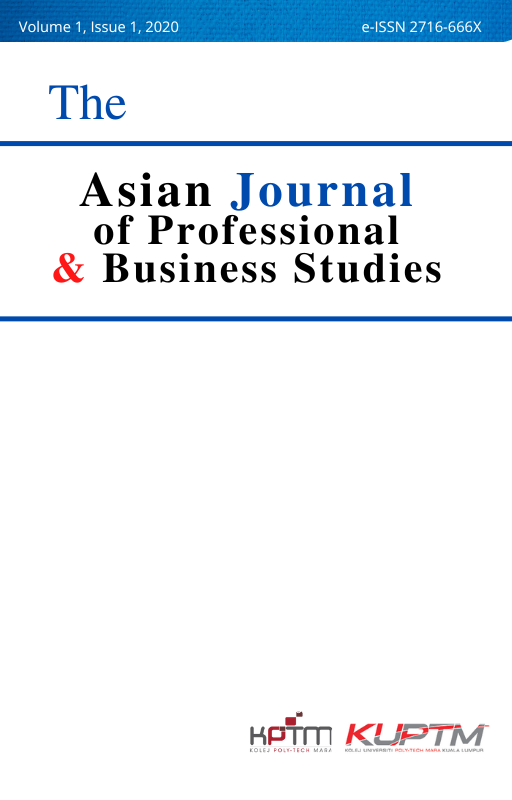Working Capital Management and Extent of Influence on Public Listed Firms’ Performance in Industrial Product Industry.
DOI:
https://doi.org/10.61688/ajpbs.v1i1.15Abstract
Due to the turbulent global environment, effective working capital management has been accentuated ever since the manifestation of the global financial crisis wherein the eventuality of the unforeseen plight is immensely affecting both firms’ profitability and liquidity risk. The purpose of this study is to examine the influence of working capital management on firm performance, likewise furnishing insight into the pertinence of the theories that are applicable to exemplify the management of short-term resources in a firm. This study adopts dynamic panel data methodology, a one-step system generalised method of moments (GMM) to capture the endogeneity issues arising from the unobserved time-invariant firm-specific elements as well enhance the data efficiency. Adopting a sample of 156 Malaysian public companies listed on bursa Malaysia in the industrial products economy sector with the time period of 10 years (i.e. from 2007 through 2016), the researcher discovers evidence as follows: the coefficient results implying a significant negative linkage between working capital proxy (i.e. ccc) and firm performance indicators. The firm size has been signified as a remarkable control variable that might affect firm profitability as well as firm market valuation due to the competitive edges that could gain through economies of scale. The novelty verdict endeavours to accommodate intuitions for finance managers as well prospective investors in envisaging the momentous working capital management in trading-off liquidity and returns, particularly in the region of emerging countries such as Malaysia.

Downloads
Published
How to Cite
Issue
Section
License
Copyright (c) 2020 Siew-Ling Sim, Azlan Ali

This work is licensed under a Creative Commons Attribution 4.0 International License.
Published by Universiti Poly-Tech Malaysia. This article is licensed under the Creative Commons Attribution (CC BY 4.0) license. Anyone may reproduce, distribute, translate, and create derivative works from this article (for both commercial and non-commercial purposes), provided full attribution is given to the original publication and authors. The complete terms of this license can be found at:http://creativecommons.org/licenses/by/4.0/legalcode













